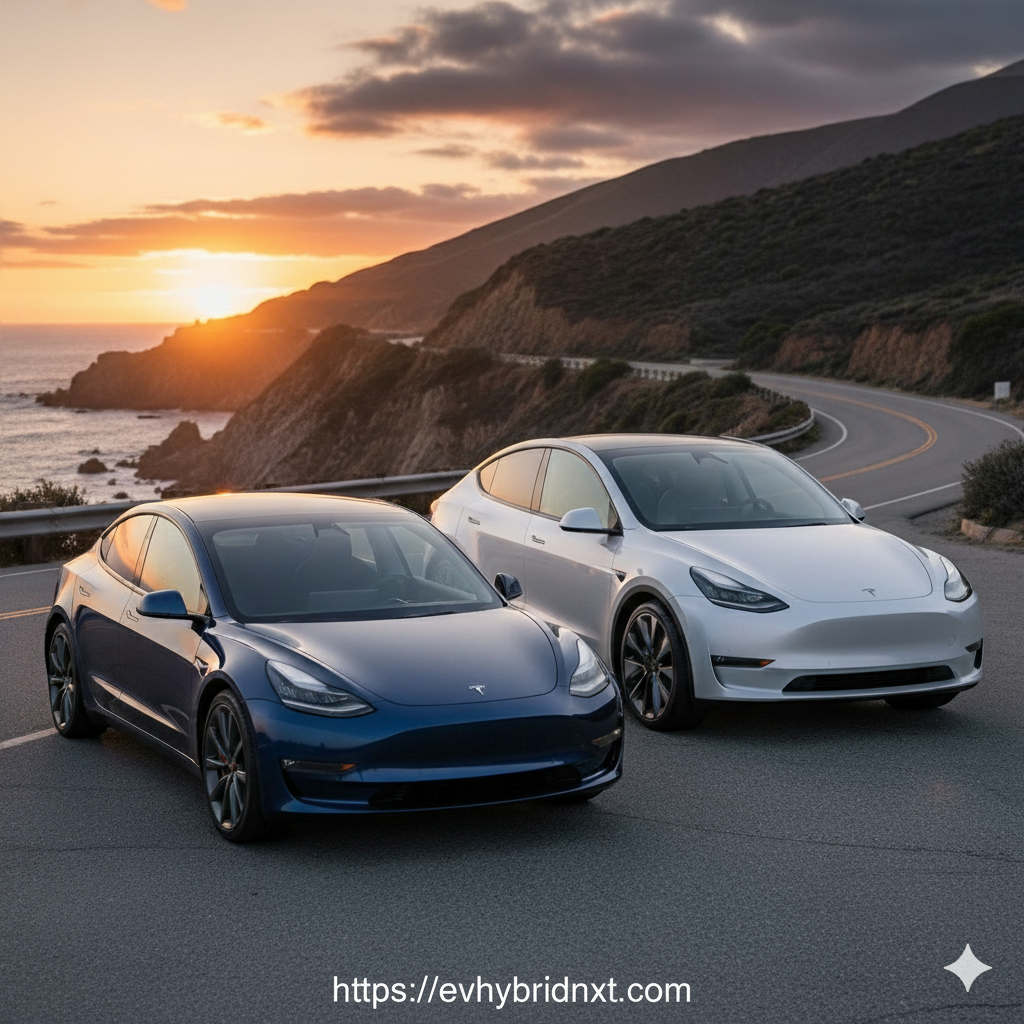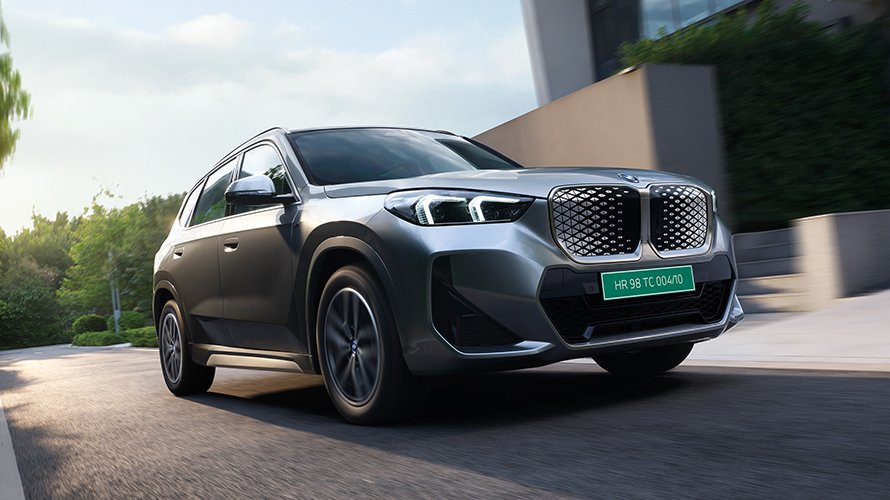Tesla’s latest bid to revitalize its flagging sales with more affordable versions of its bestselling Model 3 sedan and Model Y SUV has backfired spectacularly, triggering a sharp sell-off in the company’s stock. The electric vehicle giant unveiled the stripped-down “Standard” trims on Tuesday, priced at $36,990 for the Model 3 and $39,990 for the Model Y—yet investors shrugged off the move, viewing it as too little, too late in a hyper-competitive market.
The announcement, which came after months of hype around a truly budget-friendly EV, failed to stem concerns over Tesla’s ageing lineup and intensifying rivalry from global players like BYD and Hyundai. Shares in Tesla (TSLA) tumbled 4.5% to close at $443.09, a stark reversal from Monday’s 5% surge fueled by anticipation of groundbreaking reveals. The drop underscores broader frustrations: while the new variants aim to lure price-sensitive buyers, they fall short of the sub-$25,000 “everyman” car Elon Musk has long promised, arriving instead as modest iterations of existing designs.
Edmunds analyst Ivan Drury captured the sentiment in a pointed critique, telling India TV, “Investors were looking for something truly different, not an iteration of an old product. I can’t imagine this will bring levels back to what they want.” His words echo a chorus of disappointment from analysts who argue the pricing—only about $5,000 below prior entry-level options—won’t meaningfully expand Tesla’s customer base amid softening demand.
Compounding the woes is the recent sunset of the U.S. government’s $7,500 federal tax credit for EVs, set to phase out under new policy shifts, prompting many consumers to delay purchases in hopes of future incentives. This timing couldn’t be worse for Tesla, which has seen its U.S. market share erode as cheaper imports flood in from China and Europe. Anti-Musk narratives, amplified by ongoing controversies over his social media antics and political stances, have further tarnished the brand’s halo, alienating potential buyers and spooking investors.
The Standard models retain core Tesla hallmarks: rear-wheel drive, a 272-mile range for the Model 3 and 260 miles for the Model Y (per EPA estimates), and access to the Supercharger network. But gone are premium frills like full self-driving hardware and enhanced audio systems, in a bid to hit those aggressive price points. Production will ramp up at Tesla’s Fremont and Shanghai factories, with deliveries slated to begin in early 2026—though skeptics doubt it’ll reverse the company’s Q3 sales slump.
For Musk and team, the stakes are high. Tesla’s global EV dominance is under siege, with Q2 deliveries missing estimates by 5% and profit margins squeezed to 18% from pandemic-era highs. As the industry pivots toward affordable mass-market options, this misstep could accelerate the shift toward rivals offering sub-$30,000 EVs with comparable tech.
Wall Street’s verdict is clear: Tesla needs more than a price trim to reignite growth. With shares now down 15% year-to-date, the pressure mounts for bolder innovation—perhaps the long-rumored $25,000 “Model 2″—to restore investor faith before the holiday buying season slips away.



